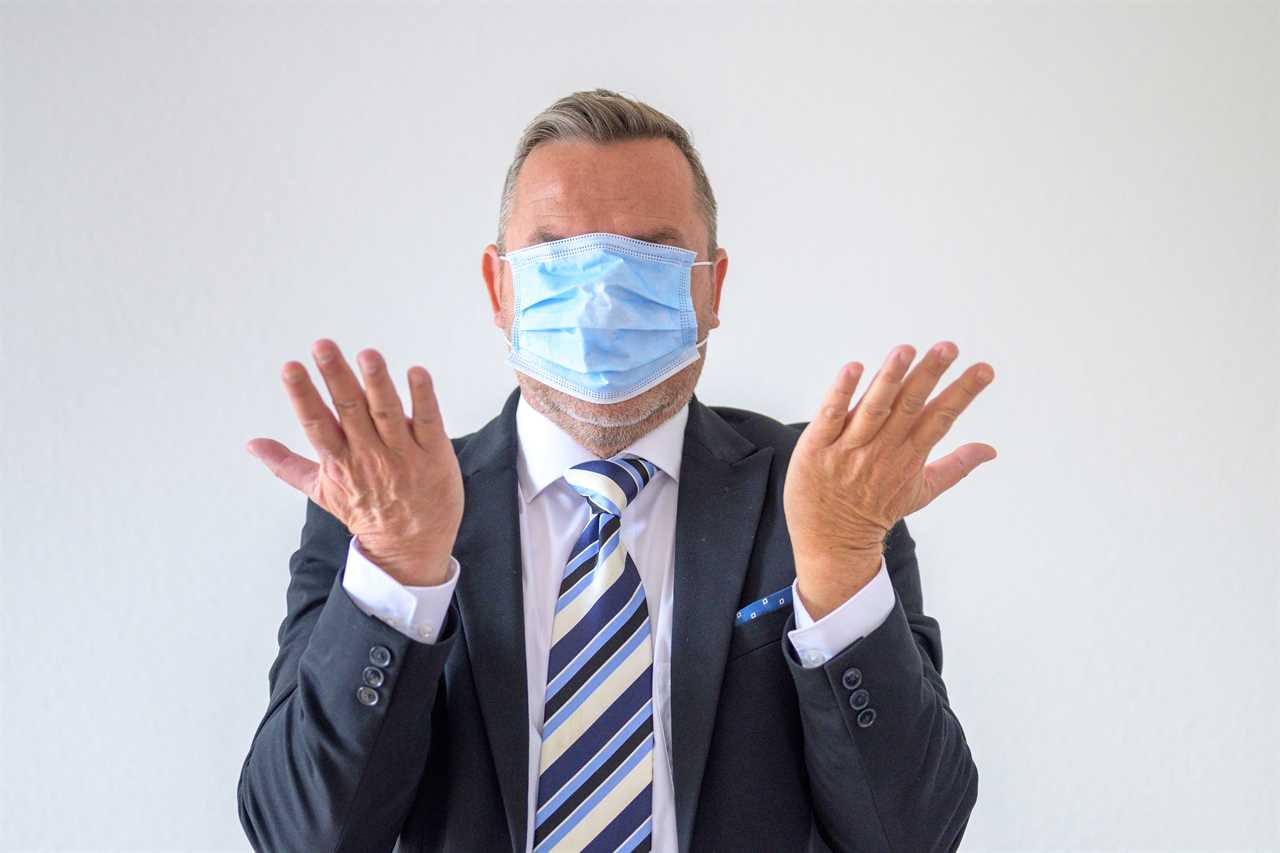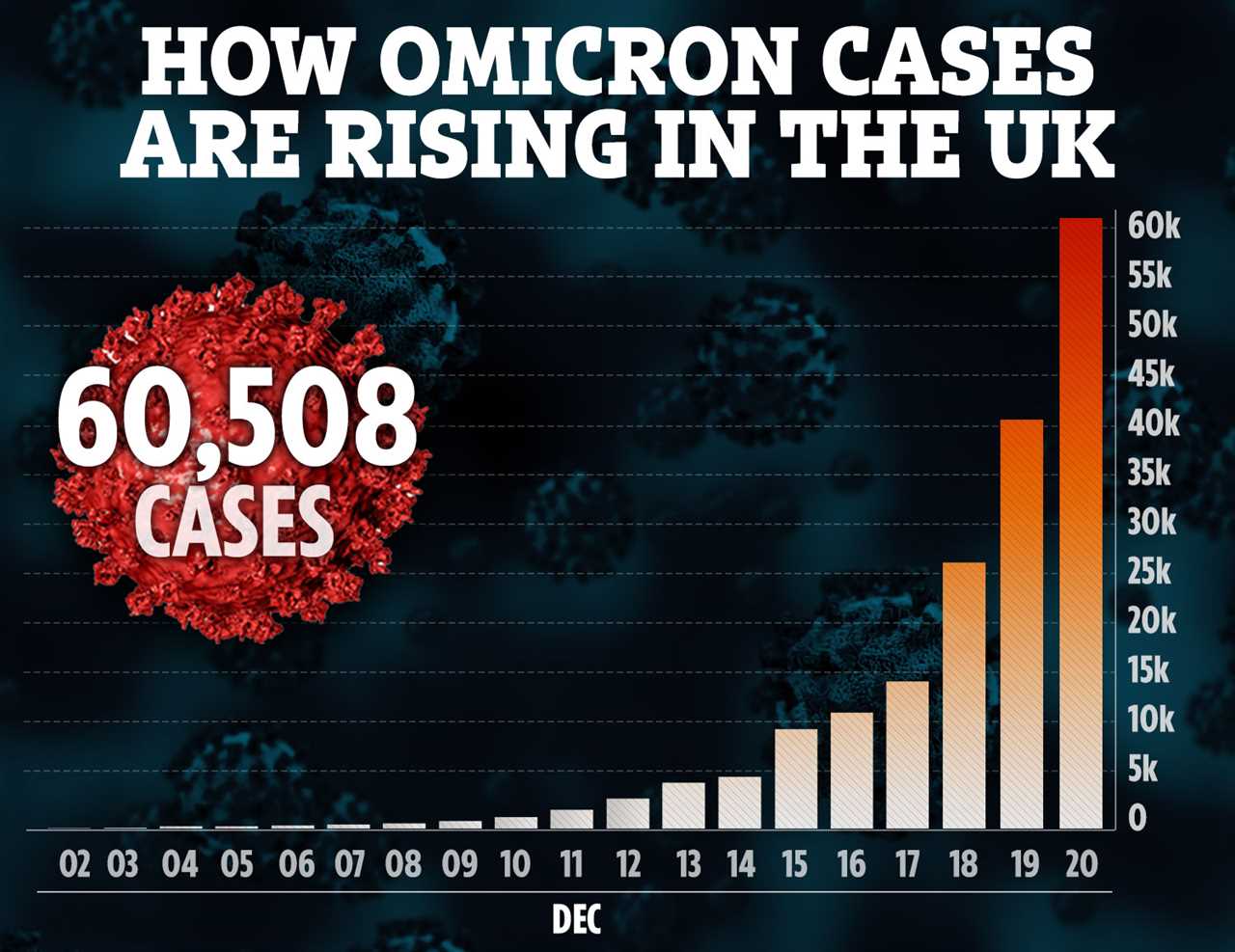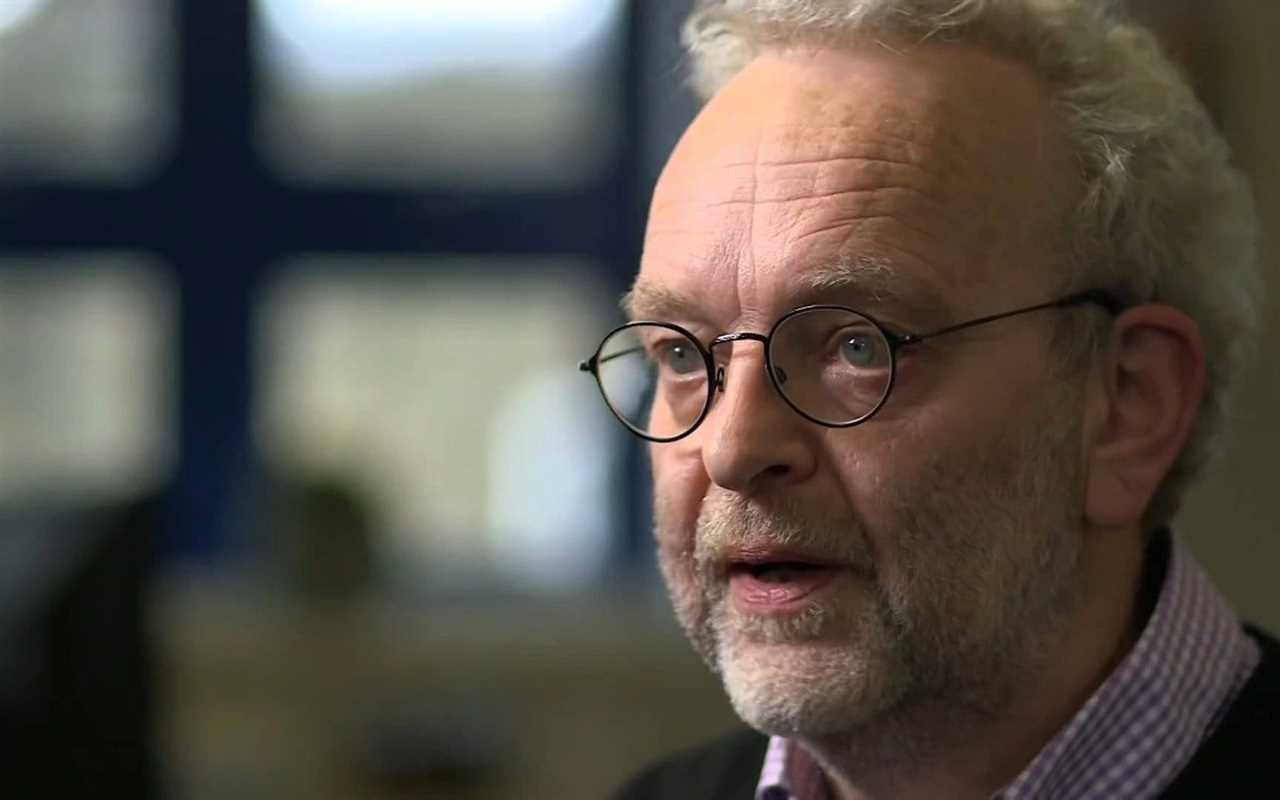HERE we go again. Government keen to get the economy going and let us have a decent Christmas when along comes the scientific and medical elite with dire warnings that maintain Omicron is out of control, threatening the NHS.
And, hey presto, Britain stands on the verge of another slide into a post-December 25 lockdown.

But where is the data they’re not showing us? For example: Those in hospital, were they jabbed or not? Did they go in with Covid or catch it there? And importantly, are people dying of Covid or with it alongside other original conditions?
Each of the previous three lockdowns was preceded by forecasts that made the picture look so bleak that the Government was forced into lockdown.
Yet Sage’s forecasts turned out to be wildly pessimistic and very wrong. Project Fear is alive and well
In February 2021 they predicted that the number of people hospitalised with Covid-19 could reach 90,000 by July.
In fact, on July 1, 2021 only 373 new patients were admitted to hospital with Covid-19, with a total of 1,937 patients in hospital with the virus at that time, across the whole of the UK.
Now Sage modellers tell us that we face another crisis, as a result of this Omicron variant. What is the basis of their lockdown demand?
This weekend, Fraser Nelson, the editor of The Spectator magazine, had an enlightening conversation with the chairman of the Sage modelling committee, Professor Graham Medley.
He wanted to know why Sage’s recent reports were suggesting there could be up to 6,000 deaths A DAY from Omicron.

Read our Covid-19 live blog for the latest updates
It turned out that this figure was at the top of a range of “scenarios”, not predictions. There was no suggestion as to how likely that might be.
Thanks to their exchange, we now know that Sage policy-makers actually tell the modellers what they want, to ensure decision-makers make decisions and use worst-case predictions.

As Fraser put it, this is “policy-led evidence making”. That is why Sage has assumed that Omicron is as potent as the Delta version of Covid.
Yet, the data shows that the risk of hospital admission for newly diagnosed adults is one third lower than in the first wave.
‘POLICY-LED EVIDENCE MAKING’
Also, the latest data from Denmark shows the Omicron hospital admissions are running at 60 per cent of those from Delta. It seems Project Fear is alive and well and based on an “assumption”. Yet the unintended consequences of lockdown are dire.
The Centre for Social Justice found that during the first lockdown pupil absences grew by more than half, to just under 100,000. Missing school acts as a conveyor belt to gangs and crime.
Worse, disadvantaged children, thanks to lockdown, are some two years behind when they take their GCSEs. This will blight their futures. Not to mention the damage to business and the economy and the untreated medical conditions such as cancer.
As Professor Carl Heneghan, director of evidence-based medicine at Oxford University, has said, the behaviour of the UK population has already changed.
We have the Government’s hugely successful vaccine roll-out and the latest powerful anti-virals available. We need to trust people to do the right thing.
IAIN The problem is clearly with those who won’t take the vaccinations. They are something like five times more likely to be hospitalised and die than those vaccinated. It is they who hold the key. Locking down the economy for them makes no sense.







